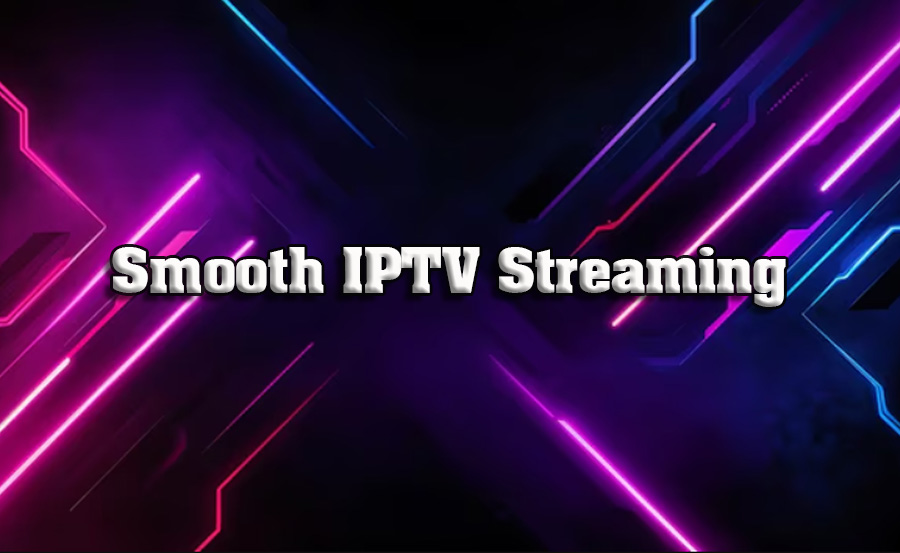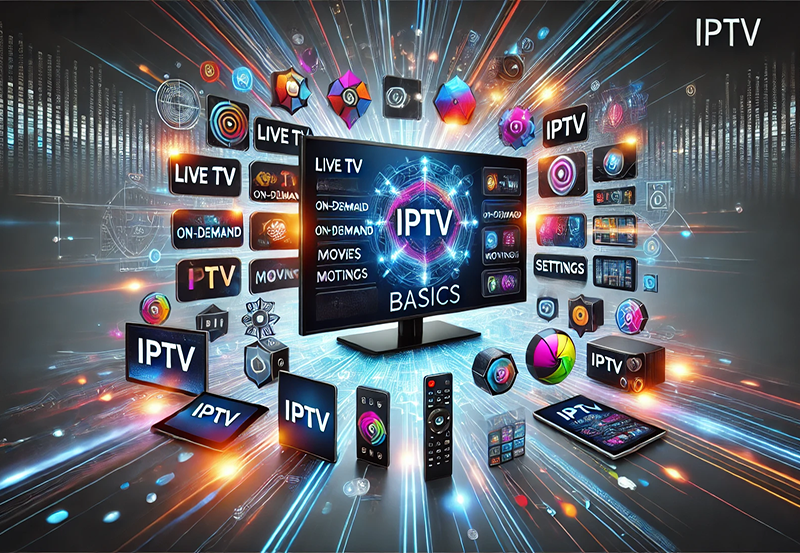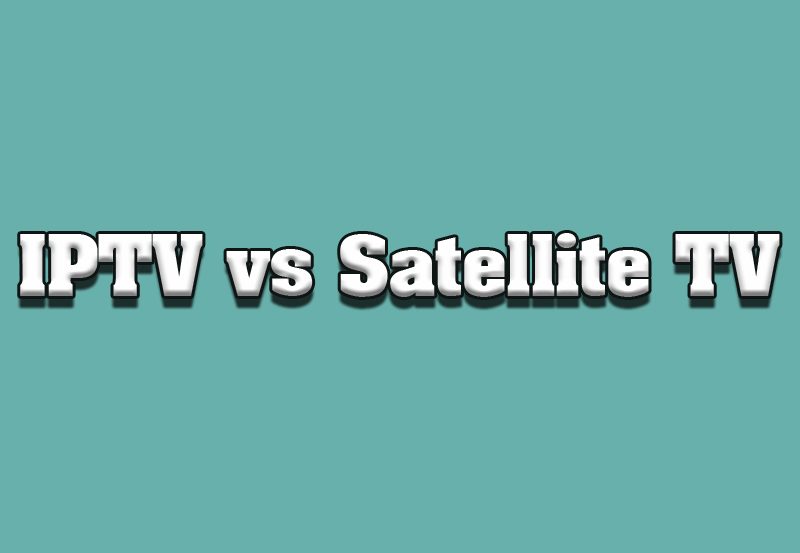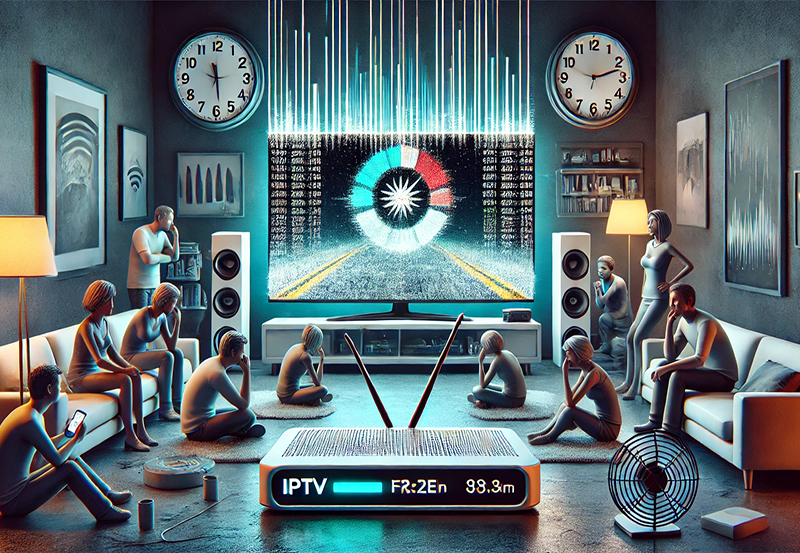For IPTV users, ensuring a seamless streaming experience is essential to make the most of its capabilities. This guide provides insights into optimizing your IPTV setup for uninterrupted, high-quality streaming, covering the right internet setup, device configuration, and tips for minimizing common streaming issues.
Buy 3 Months IPTV Subscription Now
Understanding the Basics of IPTV Optimization
IPTV (Internet Protocol Television) uses the internet to deliver live TV and on-demand content. To unlock its full potential, you need a robust setup that minimizes buffering and provides crisp video quality.
Step 1: Choose the Right Internet Speed
Internet speed plays a significant role in the IPTV experience. Here are some speed guidelines to aim for:
- SD Quality: 3–5 Mbps
- HD Quality: 10–20 Mbps
- 4K Ultra HD Quality: 25+ Mbps
For optimal IPTV, a high-speed connection with low latency is crucial, especially if multiple devices share the same network.Step-by-Step: Installing IPTV on Any Device Easily
Step 2: Optimize Your Router for IPTV
Configuring your router can enhance streaming quality significantly:
- Position Your Router: Place it centrally in your home and avoid obstructions for a stronger signal.
- Enable Quality of Service (QoS): Prioritize IPTV traffic on your network, ensuring stable streaming without interference from other devices.
- Use Ethernet: Connect your IPTV device to the router with an Ethernet cable for stable, high-speed connectivity, avoiding the variability of Wi-Fi.
Step 3: Choose an IPTV-Compatible Device
While IPTV services support a range of devices, here are some options for smooth streaming:
- Smart TVs: Many come with built-in apps for IPTV services.
- Streaming Boxes: Devices like Amazon Fire Stick, Roku, and Android boxes are ideal for IPTV streaming due to their processing power and high-resolution capabilities.
- Mobile Devices: Tablets and smartphones are convenient, but ensure they have the latest OS for optimal app support.
Step 4: Use VPNs for Stability and Privacy
Using a VPN (Virtual Private Network) can improve the IPTV experience:
- Minimize Throttling: ISPs sometimes throttle streaming speeds; a VPN can prevent this by masking your activity.
- Access Global Content: A VPN enables you to access IPTV services and content from different regions.
- Enhance Security: VPNs offer encrypted connections, protecting your data while streaming.
Step 5: Manage IPTV App Settings
Most IPTV apps come with settings to help you optimize performance:
- Reduce Playback Quality: If buffering occurs, try lowering the playback quality for smoother streaming.
- Update Regularly: Always update your IPTV app to ensure access to the latest features and fixes.
- Buffer Size Settings: Adjust the buffer size in the settings; increasing it can reduce buffering interruptions.
Troubleshooting Common Issues
Here are solutions to common IPTV streaming issues:
- Frequent Buffering: Check your internet speed and restart your router if necessary. Using Ethernet rather than Wi-Fi can also resolve buffering.How to Set Up Smart STB for IPTV: A Step-by-Step Guide
- App Crashes: Update your IPTV app or reinstall it to fix stability issues.
- Video Freezes: If the screen freezes, check device storage and clear cache.
Conclusion
Unlocking IPTV’s full potential is about creating a reliable, high-quality streaming environment that aligns with your needs. From configuring your internet and device to fine-tuning app settings, this guide provides all the essentials to enjoy seamless, high-definition IPTV streaming at its best. Follow these steps to enhance your viewing experience, making IPTV a smooth and enjoyable part of your entertainment.





